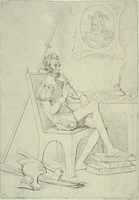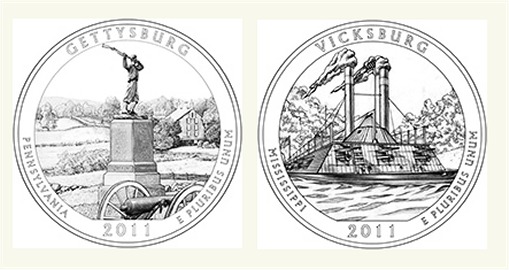The National Park System has created a new Civil War portal, with a map tool that allows you to create a route for sesquicentennial holidaying. It seems promising, but in my opinion needs some refinement. Independent sites are available, but major and minor sites are given equal stature, so it’s difficult to zoom in on, say, Virginia, and gauge which of the hundreds of homes and museums are worth seeing.
The most impressive feature that Litterst shared during a lightning-fast demonstration was the site’s “Plan Your Visit” tool, which includes more than 1,700 Civil War sites around the country, including more than 100 national parks with lore from the War Between the States. In seconds, this interactive mapping gizmo enables user to build itineraries linking National Park Service spots with state and privately Civil War-themed historic sites and museums. The tool provides maps, driving distances, turn-by-turn directions, site descriptions, and links to more information about each place…
Once you’ve built your itinerary, you can print it, tweet it, post it to Facebook, or share it via a variety of other web and social-media sites.
via Cool Trip Planner is Part of NPS Civil War 150 Site – Past Is Prologue.




